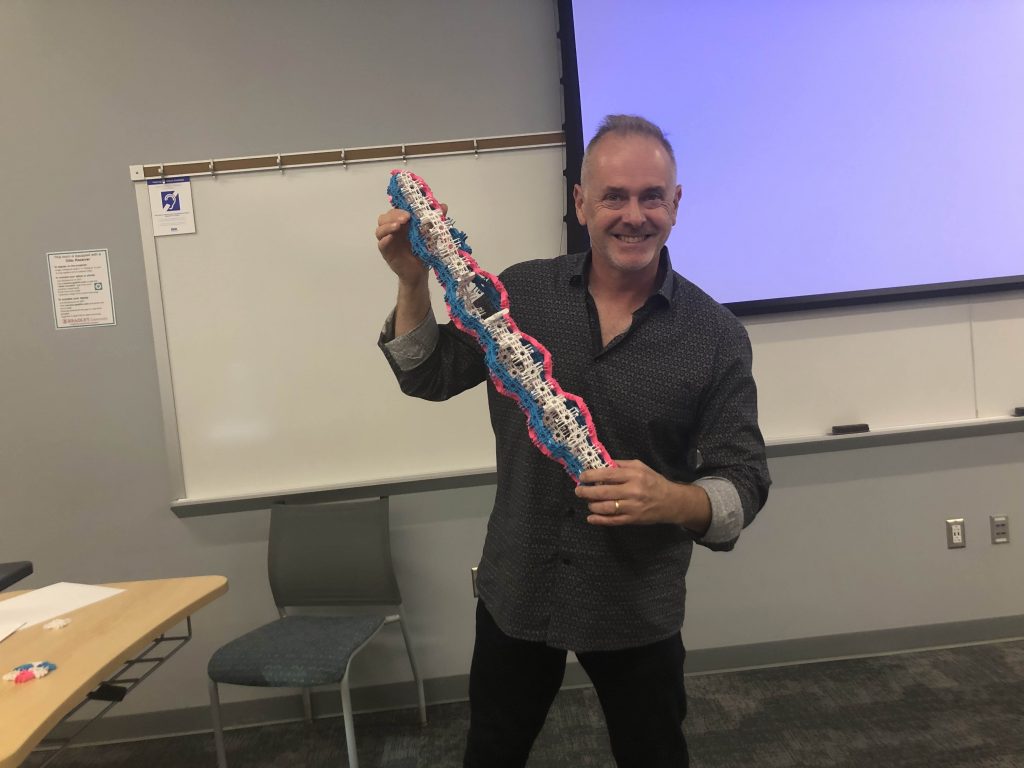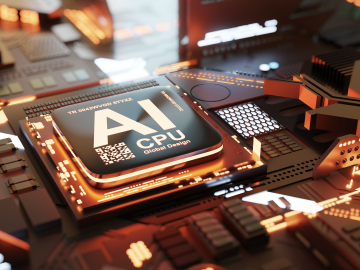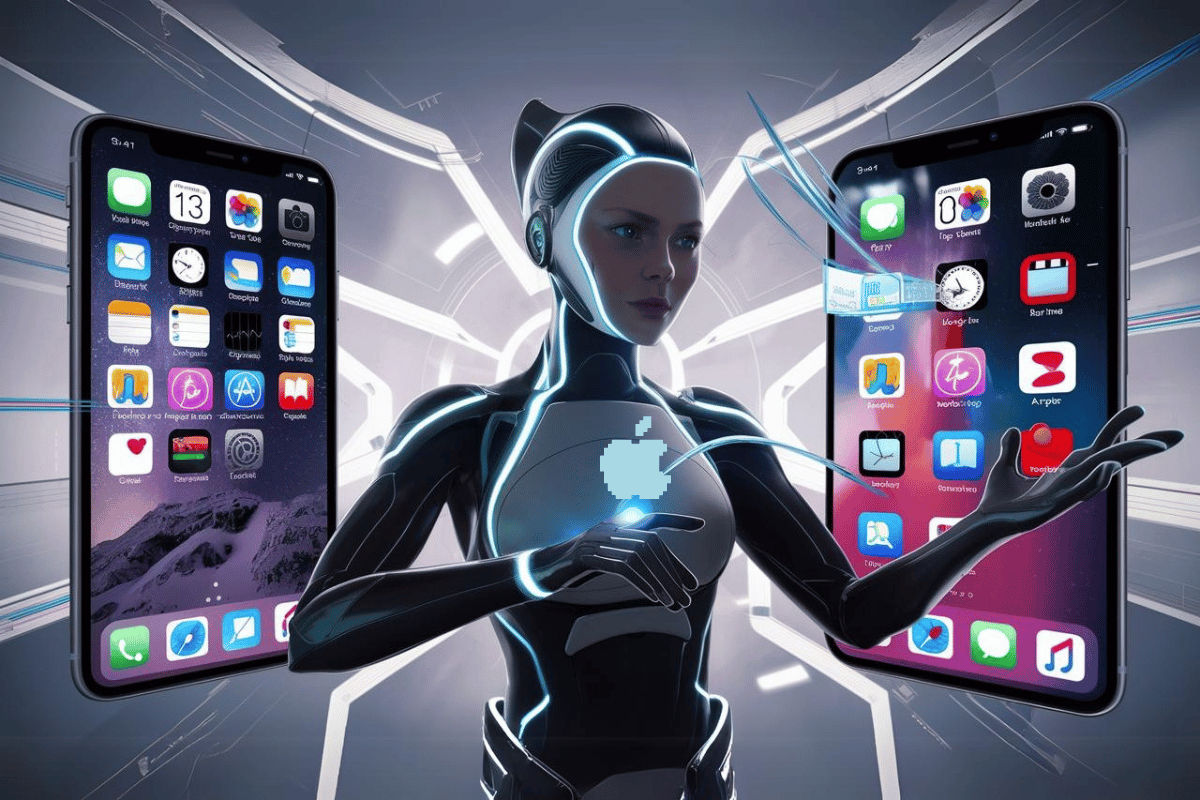Mike Acerra holding one of his Lux Blox LLC products. Picture via Cassie Maxwell
Bradley students learned how to harness the power of artificial intelligence (AI) art on Monday; however, with great power comes great responsibility.
Bradley’s Turner School of Entrepreneurship and Innovation brought Mike Acerra, the president of Lux Blox LLC, to teach students how to use AI to make art with Midjourney, an AI image-creation website that uses already-existent images to create new ones from the user’s entered prompt.
Acerra opened the event with a history lesson. From tricks on drawing side profiles to teaching children to do art for mass production, Acerra explained that attempts at automation and technological advancements have played a key role in the development of art.
Fisher Stolz, chair of Bradley’s Department of Art and Design, agreed.
“Painting evolved with the advent of photography and sculpture developed in the Industrial Age,” Stolz said. “Artists can thrive by using technology to enhance creativity, collaborating with AI systems for innovative works and analyzing data to tailor their art to audience preferences.”
For the last part of the event, Acerra accepted ideas to generate pictures of on Midjourney to show the power of AI generation. Multiple concepts were tried, the most notable being Batman fighting a homeless man in a desert. The results were mixed, with some perfectly following the prompt and others being inaccurate.
Cary Matthews III, a freshman electrical engineering major, found the lesson insightful.
“I really enjoyed it because I learned a lot about how AI can be used in many different ways,” Matthews said. “If anything, my field will be working with AI to improve the systems and the world.”
Despite the potential good of AI, Acerra addressed potential negative outcomes of its use.
“When people ask me, ‘What do you think about using AI art?’ I say it’s amazing, and it’s a legit tool and it might put some people out of business,” Acerra said. “There are a lot of jobs that should go away…graphic artists, a lot of them will go away. Some things are competitive to be a successful entrepreneur, and [one] is labor.”
Students like Ava Knedler, a sophomore animation major, criticize Bradley for hosting an AI event.
“The creation of generative AI images itself is not ethical. Its source code is pulled from unconsenting artists and put through a meat grinder until it looks like a recognizable image,” Knedler said. “Do you think hosting an event on how to contribute to the stealing of independent work is ethical?”
AI art has had exponential growth over the last few years, and continues to grow in quality. Whether it’s the Turner School or AI club bringing exposure to specific topics in AI, conversations surrounding the controversial technology are likely to continue.





